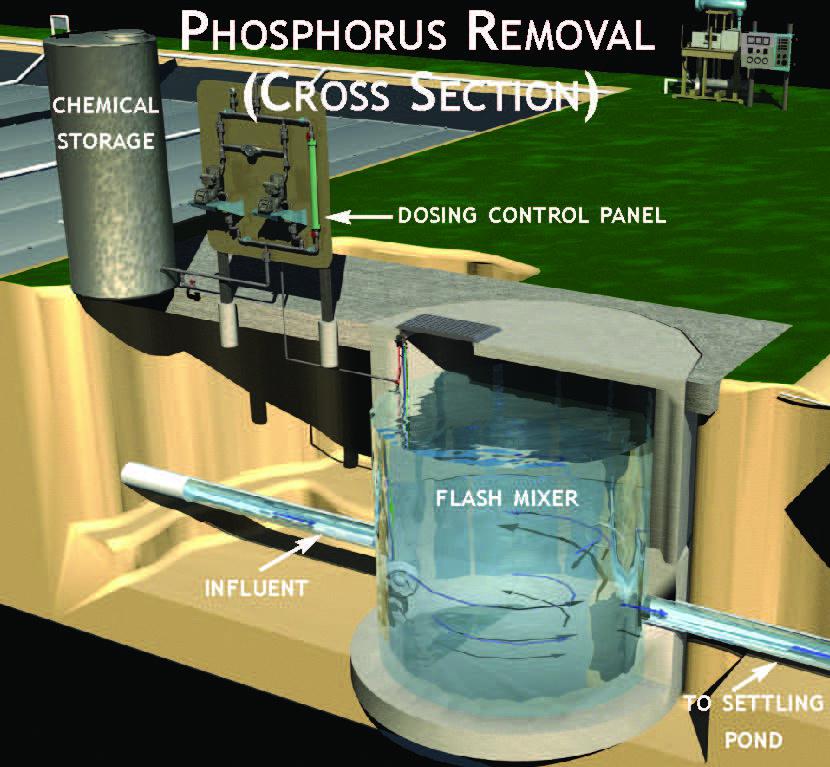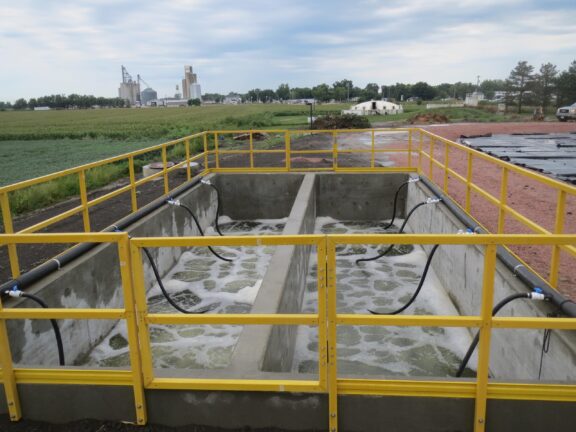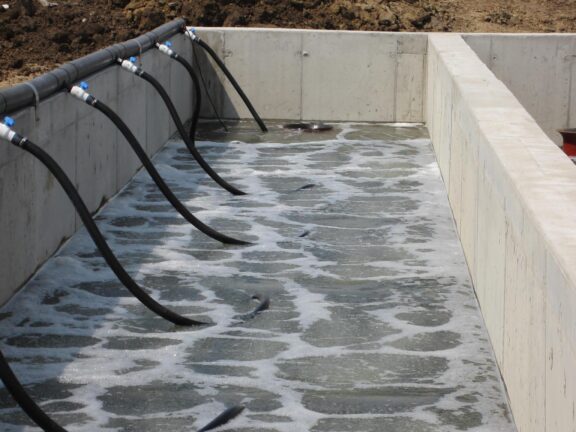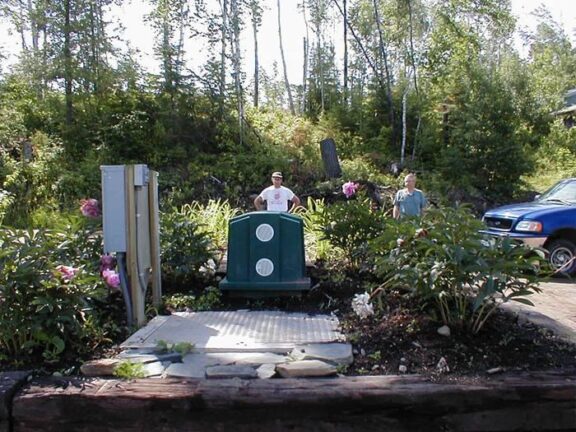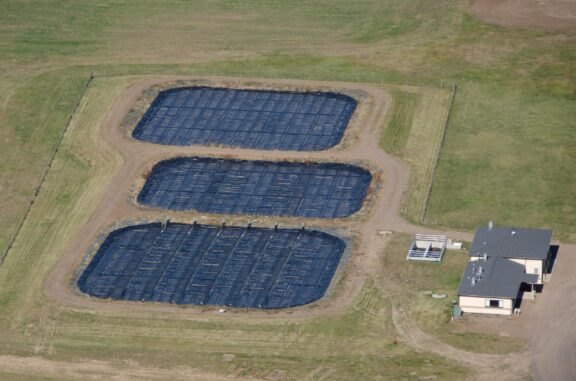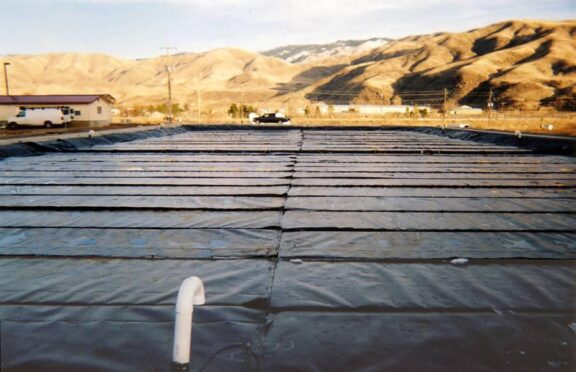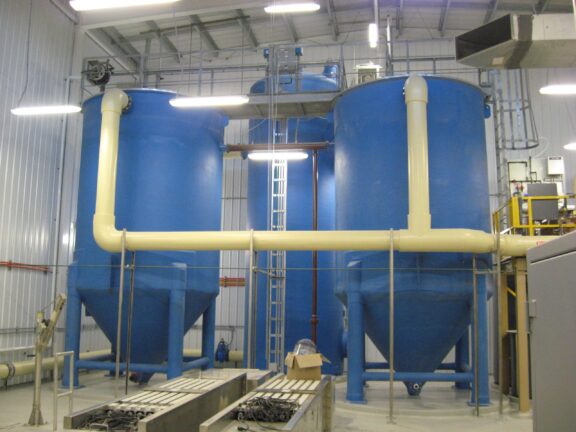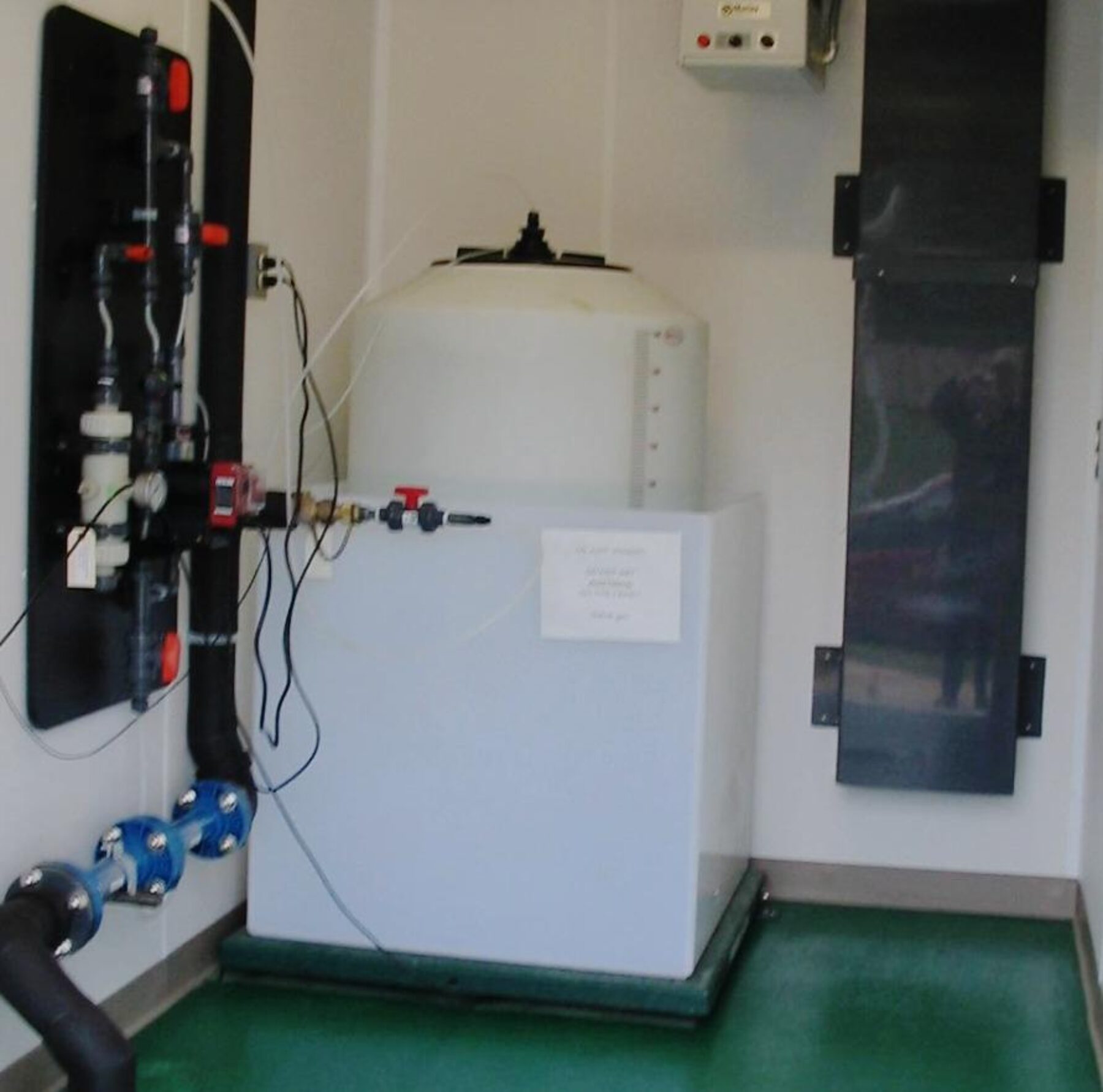
Phosphorus Removal
Integrating Lagoon Technologies to Solve Every Treatment Challenge from Influent to Effluent
Without resources necessary for survival, living organisms in the aquatic environment suffer. By blocking light from reaching plants that require it to survive, the damage to the aquatic ecosystem is compounded. When those plants die, they are decomposed by bacteria which consume oxygen, resulting in a toxic environment without the necessary Dissolved Oxygen (DO) levels that aquatic life cannot be sustained in. A biomass of algae can also create dead zones in lagoon wastewater treatment systems, hindering the efficacy and efficiency of the treatment process itself. The LET system for phosphorus removal addresses the significant issues caused by high levels in the water supply to ensure that the environment, ecosystem and drinking water are protected.
Expertise as a leader in this industry for 30+ years, an arsenal of cutting-edge technologies and a groundbreaking approach set LET apart by delivering optimized solutions for wastewater applications including Phosphorus Removal to meet clients’ objectives efficiently and cost-effectively. We maximize LET’s innovative technologies as stand-alone solutions or use the Advanced Integrated Lagoon Technologies (AILT) approach to design and create the best process with technologies integrated as components that successfully meet every challenge from influent to effluent.
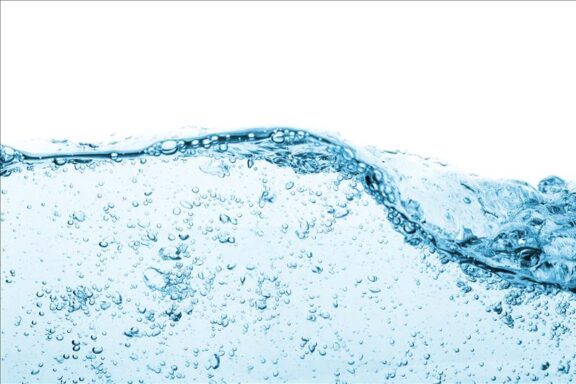 Learn more about LemTec™ Aeration Technology
Learn more about LemTec™ Aeration Technology

